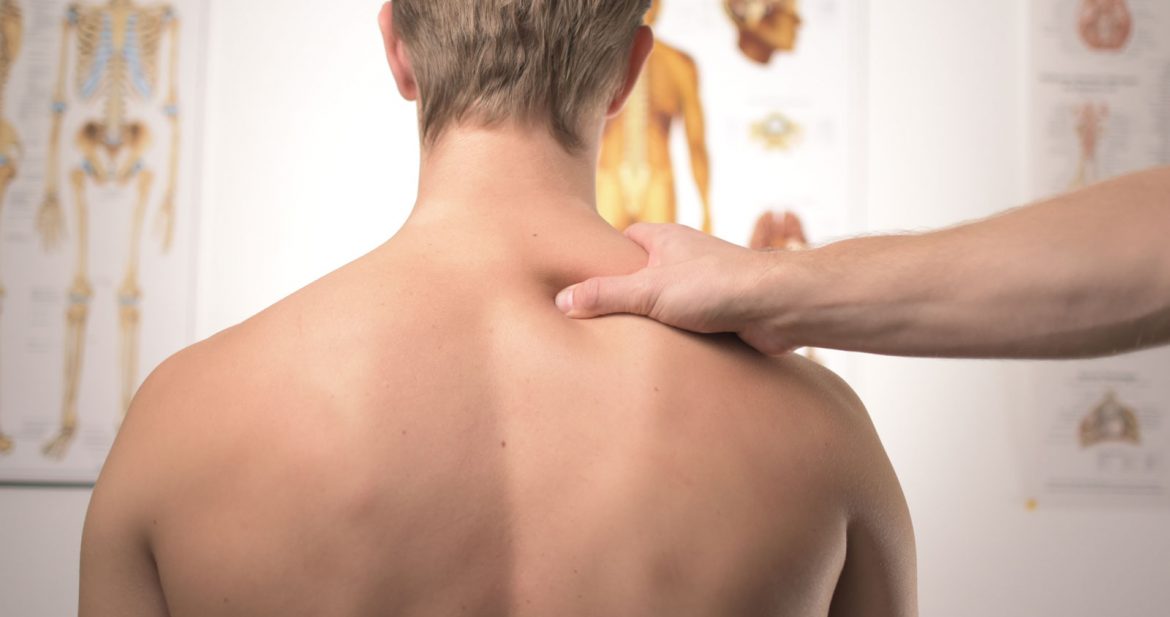Lower back pain plagues millions of Americans – and probably Europeans, Japanese and any other culture that spends copious amounts of time in the seated position. A stiff, tight lower back limits your physical mobility, puts a cap on athleticism and just plain makes you feel old.
American doctors insist on continuing to make minced meat out of our population with back surgeries and fusions. While surgery definitely has its purpose and place, its application to back pain is debatable, especially considering so many back surgeries fail that this phenomenon in and of itself has been given its very own clinical diagnosis: Failed Back Syndrome.
Understanding Lower Back Pain Causes
What causes lower back pain in the first place? In order to correct a disorder, we first have to understand it. Before we dive specifically into the structure and function of the lumbar spine and pelvis, let’s take a step back and look at the human body as a whole.
It’s common to look at human anatomy the way you would a building; there is the skeleton which gives shape to the overall form, and upon the skeleton is draped a network of soft tissue that we use for locomotion. This way of looking at the body is backwards, though, because unlike a building, humans move. We are dynamic creatures, not static structures.
Our bodies more closely simulate a tensegrity structure, conceptualized by Buckminster Fuller, where the bones are “suspended” in a matrix of soft tissue, the tension of which determines the alignment of the skeletal structure.
To visualize this, imagine a skeleton. I know you’ve seen one lurking in the corner of your biology classroom, even if he was made of plastic. Now, remember how this skeleton was presented? All the bones were wired together and the whole thing was hung from a hook, right? That’s because if you tried to stack up those bones one by one, they would just fall over in a heap. Something has to hold them together, keep them in place. That stuff is your muscles and connective tissue.
So, returning to the causes of lower back pain, now we can understand how the low back might become compromised. Instead of looking directly at the spine for dysfunction, we can look at the soft tissue matrix (muscles and connective tissue) to see where the tension is too tight and where it is too loose.
And here we have some help. Czechoslovakian Physiotherapist and Physician Vladamir Janda pioneered the field of structural medicine, discovering that muscle imbalances are predictable and involve the whole body. With regard to lower back pain, Janda discovered a common postural dysfunction that he termed Lower Cross Syndrome.
What is Lower Cross Syndrome and How Does It Cause Lower Back Pain?
Lower cross syndrome could also be referred to as an “anteriorly rotated pelvis.” In the picture here, you can see how excessive tension in the erector spinae muscles of the lower back and the quadriceps muscles (hip flexors) of the front of the thigh pull the pelvis into a forward-tipped position.
This is the common lower cross syndrome in which the gluteus muscles of the hip and butt as well as the transversis abdominus muscle of the lower abdomen weaken while the lower back muscles and thigh muscles become hypertonic.
People exhibiting the lower cross syndrome will have a swayback appearance, and because the low back muscles are doing the work of holding this person upright, they’ll become tight and painful.
And there you have the most common cause of lower back pain.
Back Pain Exercise to Eliminate Lower Cross Syndrome
The first step to eliminating lower cross syndrome is to loosen up what’s too tight. Structural bodywork like Rolfing can do this and accelerate your long term healing; however, this is only one half of the equation.
For long term lower back pain relief, you have to also tighten up what’s too loose, a.k.a. strengthen the weak muscles. What’s the ideal exercise to do this? The kettlebell swing is perfectly designed to eliminate lower cross syndrome.
The kettlebell swing – either a one-handed swing or two-handed – forces you to fire up your glutes and hamstrings in order to power the bell upward. At the top of the swing, there is a full extension of the hip which lengthens hypertonic quadriceps muscles and causes the transversus abdominus muscle to contract.
For optimal results, start with a weight that challenges you but is not too heavy. If you start with heavy weights, you’re likely to pull too much with your upper back and shoulders, over-arching your lower back and further cementing in your swayback. Do sets of 10-20 swings to start, working up to one and two minute sets as you become stronger and more comfortable with the kettlebell.

Awesome article.